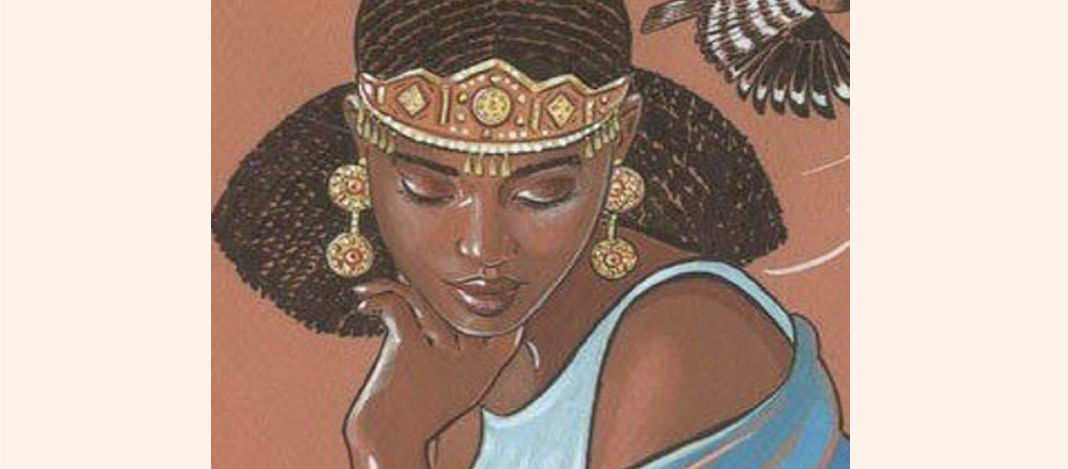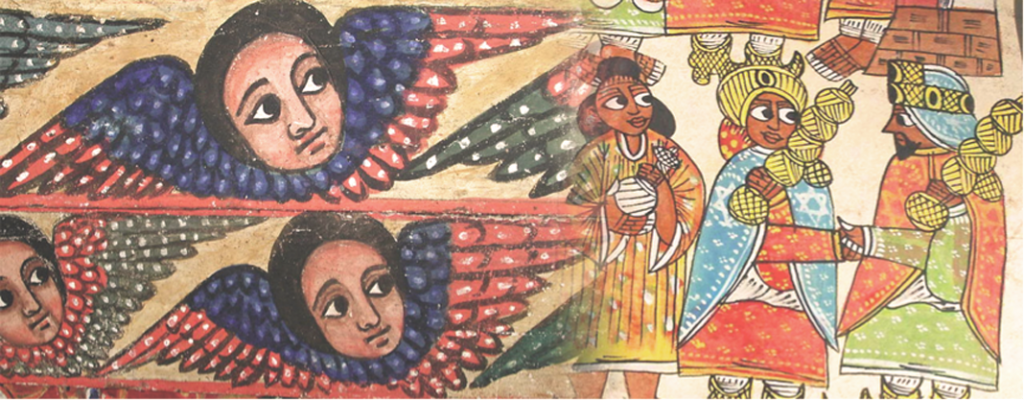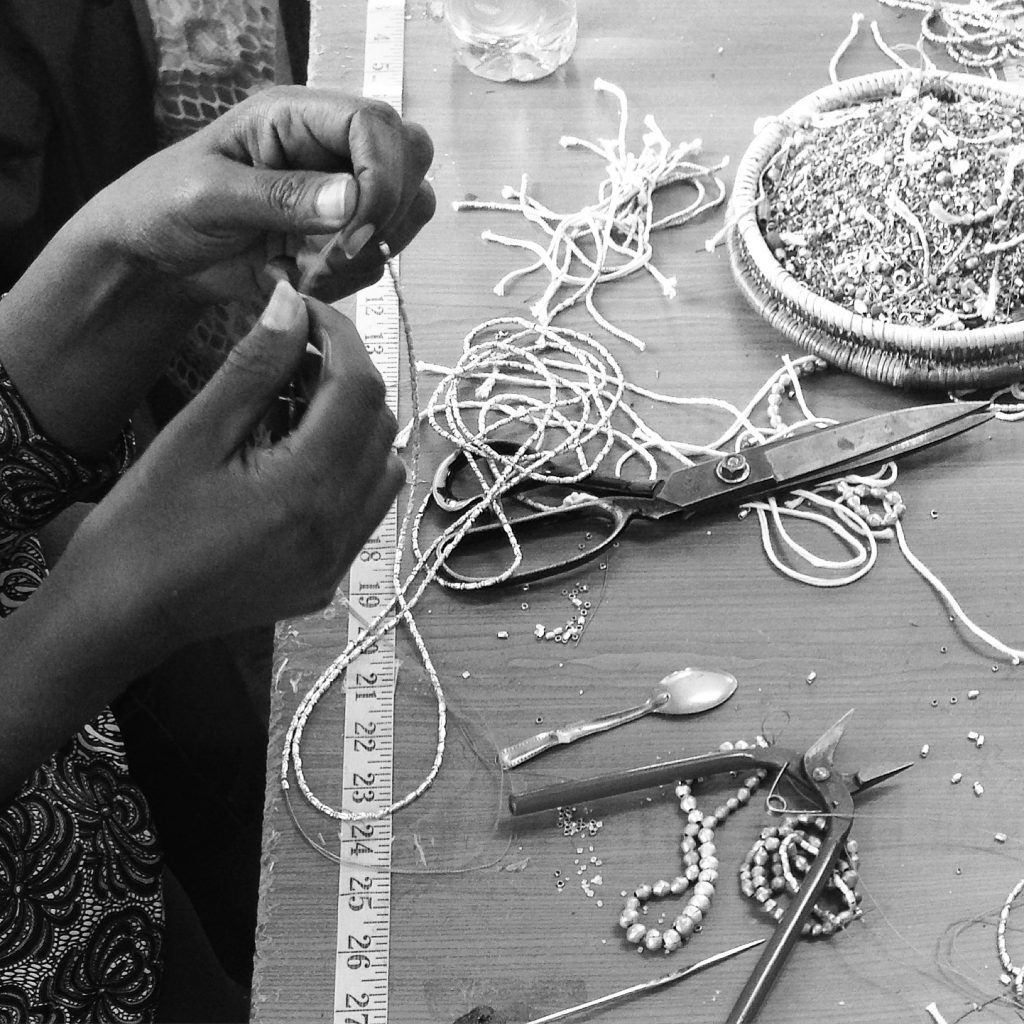
Made in Ethiopia
From ancient times – when the old merchants bartered cotton, incense and gold along the Red Sea trade winds – Ethiopia has been known for exquisite textiles and jewels.
A land of shifting rocks and volcanoes, its restless earth – over centuries – forged diamonds, sapphires, opals, precious stones and yellow gold along the fissures and gorges of the great rift valley.
Green amber seeped from the trees of the North and yellow amber, carried on Baltic storms, washed up on the shores of Lake Tana.
Cotton, the world’s oldest natural fibre, thrived in the mineral-rich soils of the lowlands while silk was brought from India, China and Arabia; so precious it was guarded in deep caves in the remote central highlands.
Legend tells how the Queen of Sheba, said to be Queen Makeda of Ethiopia’s northern empire, traversed the desert and the sea to Jerusalem with a caravan of camels decked in colourful fabrics, Ethiopian gold and jewels ‘as far as the eye can see’: Gifts for the great King Solomon in exchange for his wisdoms.
… She gave the King an hundred and twenty talents of gold, and of spices very great store, and precious stones: there came no more such abundance of stones and spices as these which the queen of Sheba gave to King Solomon.

Today, Ethiopia’s riches and long history of craftsmanship are seen in the intricate filigree jewellery, amulets and cross pendants that fill the stores of old Piassa and the alleys of Merkato in Addis Ababa.
Here, you will find designs influenced by centuries of trade with North Africa and the Middle East; motifs transposed from 13thC manuscripts, monastery paintings and the ceilings of rock-hewn churches; pieces as unique and diverse as Ethiopia’s 80 different tribes and languages.
In souvenir shops, resin and amber trade beads from the south are threaded into necklaces with silver trinkets and re-purposed brass bullet casings; an unusual reminder of the more recent sacrifices of the revolution.
Bright cotton scarves are worn by women on the streets of Addis and soft, wrap-around gabis by shepherds against the chill of the highlands. For the most part, these are still hand-spun with drop spindles and woven on traditional looms.
Fast fashion: Africa’s new manufacturing hub
Today, Ethiopia boasts a growing mechanized textile industry and is rapidly becoming a manufacturing hub for the rest of Africa – and even further afield.
Global brands like H&M, Calvin Klein, Gap and Asos are setting up shop or sourcing raw materials from within the country. They enjoy a large, skilled workforce of weavers, dyers and tailors – and very low wages.
Ethiopian garment workers are now among the lowest paid in the world, with wages half the value of those in Vietnam or Bangladesh. According to The Wall Street Journal, they can earn as little as $21 per month.
Promoting the handmade and fair trade
At Bahar Zaf, we’re passionate about promoting Ethiopia’s handmade traditions, beautiful natural resources and the notion of ‘Slow Fashion’ for a more sustainable planet.
All our products are handcrafted from natural or recycled local materials, under fair work conditions with our design partners in Ethiopia.
Because they are handmade, no one piece will ever be exactly the same. And because we are fair trade, each purchase directly supports local artisans and their families.

READ more about how we’re connecting Ethiopian artisans with a fair market for their skills HERE.








